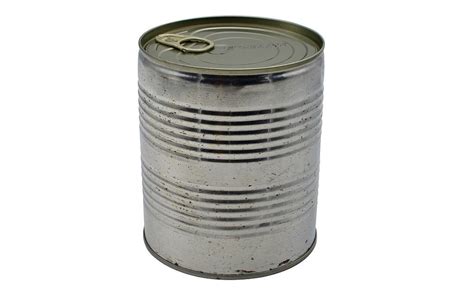Smash strength plateaus: How to achieve consistent performance gains?

Every dedicated lifter eventually faces the frustrating wall known as a strength plateau. You’re putting in the work, but the numbers on the bar aren’t moving, or your reps are stagnating. It’s a common hurdle, but it’s not an insurmountable one. Achieving consistent performance gains requires more than just showing up; it demands a strategic, multi-faceted approach to your training, nutrition, and recovery.
Understanding Strength Plateaus
Before you can smash through a plateau, it’s crucial to understand why they occur. Your body is incredibly adaptive. When you repeatedly expose it to the same stressors, it eventually adjusts, becoming efficient at the task. This adaptation, while beneficial initially, eventually leads to diminishing returns if the stimulus doesn’t evolve. Plateaus can stem from several factors, including insufficient progressive overload, inadequate recovery, nutritional deficiencies, poor technique, or simply a need for a change in your training routine.

Key Strategies to Break Through
To keep your progress trajectory moving upwards, you need a dynamic plan that continuously challenges your body in new ways. Here are some proven strategies:
1. Progressive Overload (Beyond Just Lifting Heavier)
Progressive overload is the fundamental principle of muscle growth and strength gain. While the most obvious form is increasing the weight, it’s not the only way. You can achieve overload by:
- Increasing Reps/Sets: Performing more repetitions or additional sets with the same weight.
- Decreasing Rest Times: Reducing the time between sets to increase intensity.
- Increasing Time Under Tension: Slowing down the eccentric (lowering) or concentric (lifting) phase of an exercise.
- Improving Technique: Lifting the same weight with better form, making the movement more effective and often harder.
- Increasing Frequency: Training a muscle group more often over the week.

2. Smart Programming and Periodization
Random workouts lead to random results. A well-structured program incorporates periodization, which involves cycling through different training phases (e.g., strength, hypertrophy, power) with varying intensities and volumes. This prevents overtraining, allows for strategic recovery, and provides novel stimuli to keep your body adapting. Incorporating variations of exercises (e.g., incline vs. flat press, conventional vs. sumo deadlifts) can also target muscles differently and break monotony.
3. Optimize Nutrition and Hydration
Your body can’t build muscle or recover effectively without the right fuel. Ensure you’re consuming enough protein to support muscle repair and growth (typically 1.6-2.2g per kg of body weight). Carbohydrates are essential for energy and replenishing glycogen stores, while healthy fats support hormone production. Don’t underestimate the power of hydration; even mild dehydration can significantly impair performance.

4. Prioritize Recovery and Sleep
Muscles don’t grow in the gym; they grow during recovery. Chronic lack of sleep (less than 7-9 hours per night) significantly impacts hormone levels (e.g., cortisol, testosterone, growth hormone) crucial for muscle repair and strength. Incorporate active recovery, stretching, foam rolling, and adequate rest days into your routine to allow your body to rebuild stronger.
5. Refine Your Technique
Often, a perceived strength plateau is actually a technique issue. Improper form can limit your ability to lift heavier, increase injury risk, and prevent you from effectively engaging the target muscles. Periodically record your lifts and review them, or seek feedback from an experienced coach. Even small adjustments can unlock significant strength gains and improve efficiency.

6. Embrace Deload Weeks
Strategic deloads are not a sign of weakness but a smart training practice. Every 4-8 weeks, reduce your training volume and/or intensity significantly for a week. This allows your central nervous system to recover, repairs microtrauma, and often results in you coming back stronger and ready to hit new personal bests.
The Mental Game
Breaking plateaus also requires mental fortitude. It’s easy to get discouraged, but patience, consistency, and a belief in your program are vital. Track your progress meticulously (weights, reps, RPE, body measurements) to see small gains that might otherwise go unnoticed and stay motivated. Celebrate small victories and view plateaus as opportunities to refine your approach, not as failures.

Conclusion
Strength plateaus are an inevitable part of the fitness journey, but they are not roadblocks to your long-term success. By understanding their causes and strategically implementing progressive overload, smart programming, optimal nutrition, dedicated recovery, and a strong mental game, you can consistently smash through these barriers. Embrace the challenge, stay consistent, and watch your performance gains continue to climb.







